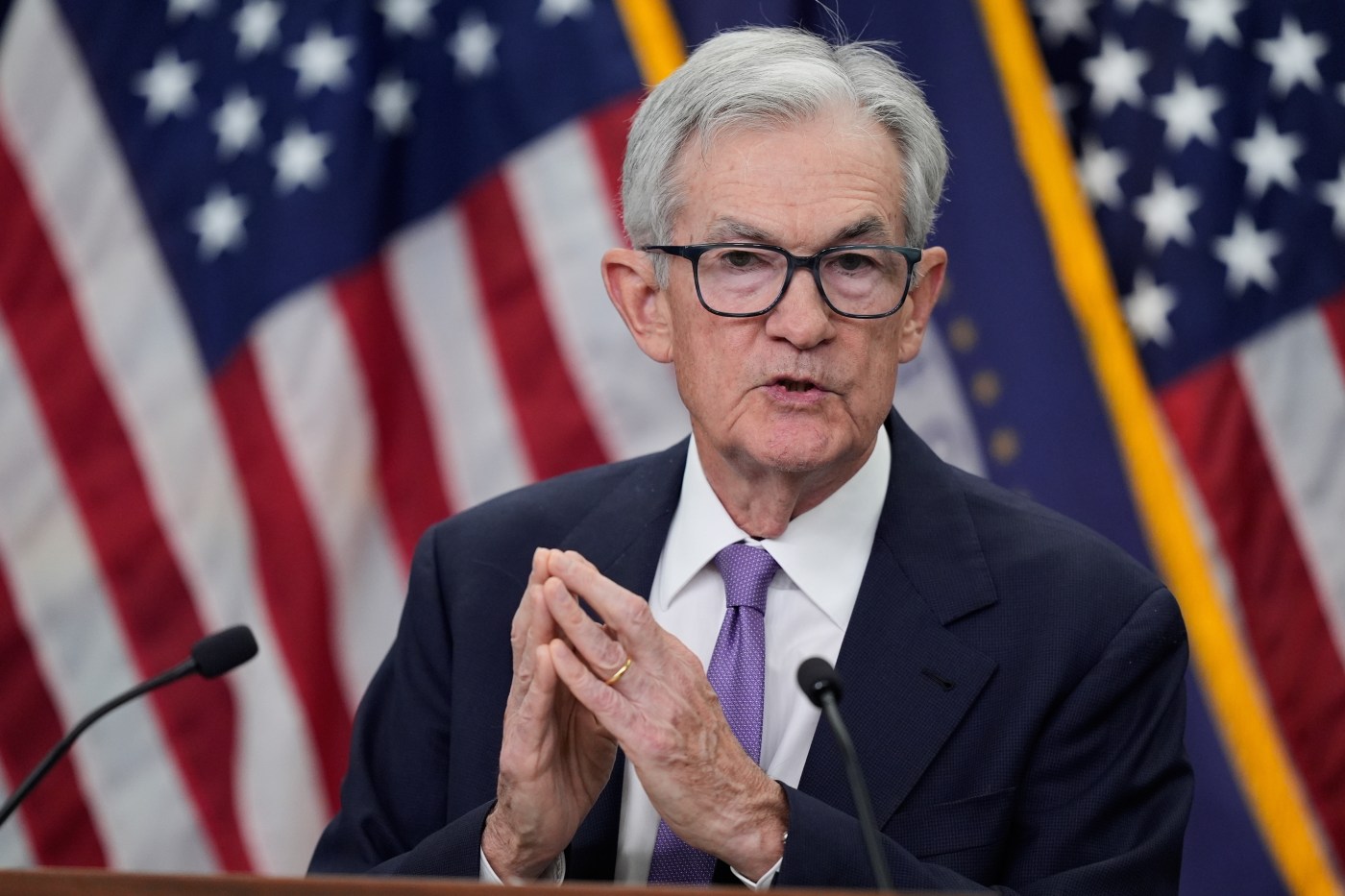BREAKING: The Federal Reserve has just announced a crucial cut to its key interest rate, reducing it to 3.9% from 4.1% on Wednesday, September 27, 2023. This marks the second reduction this year as the central bank grapples with slowing job growth and persistent inflation.
In an official statement, the Fed highlighted that “job gains have slowed this year” and the unemployment rate has slightly increased but remains low. This urgent move comes as the government has paused critical economic reports due to a shutdown, leaving the Fed to rely on private-sector data for insights into the job market.
The rate cut is designed to alleviate borrowing costs for consumers, potentially lowering interest rates on mortgages, auto loans, and credit cards. However, the Fed faces a delicate balancing act: while it aims to stimulate hiring and spending, inflation remains stubbornly above the 2% target, complicating its strategy.
Fed Chair Jerome Powell addressed reporters after the announcement, stating that there are “strongly differing views about how to proceed in December.” He warned that a further rate reduction is not guaranteed, as the board navigates an uncertain economic landscape.
The reduction in the key rate is part of a broader strategy, as the Fed will also halt the reduction of its massive $9 trillion securities holdings effective December 1. This decision aims to stabilize financial markets, which have experienced disruptions amid the previous reductions.
In recent years, the Fed has reduced its securities holdings from nearly $5 trillion to about $6.6 trillion to maintain lower long-term interest rates. However, the latest data drought raises questions about future policy adjustments, especially with inflation pressures still looming.
Two voting officials within the Fed expressed dissent during this decision. Stephen Miran called for a more aggressive half-point cut, while Jeffrey Schmid opposed any changes, citing ongoing inflation concerns. The political landscape adds another layer of complexity, with former President Donald Trump criticizing Powell’s leadership on economic policy during a recent visit to South Korea.
As the Fed navigates these turbulent waters, the implications of its decisions will resonate across the economy, influencing everything from consumer spending to business investments. The next steps from the Fed are highly anticipated, with the potential for further rate adjustments in the coming months.
Stay tuned as we monitor this developing story and its impact on the economy.







